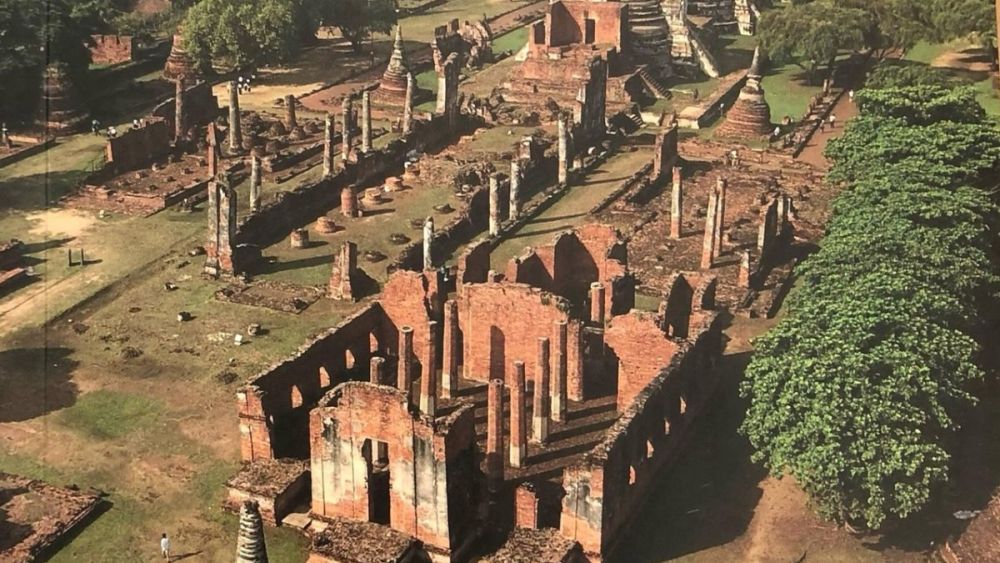

Once the capital of the Kingdom of Siam and a prosperous international trading port, Ayutthaya was one of the world's largest urban areas and a center of global diplomacy and commerce. Founded in 1350, it was the second Siamese capital after Sukhothai.
Ayutthaya existed for over 400 years before falling to the Burmese in 1767 during the Burmese-Siamese War. The city was almost completely destroyed, and its remains, characterized by the prang (reliquary towers) and gigantic monasteries, are a testament to its former glory. It became a UNESCO World Heritage Site in 1991 due to its extensive complex of historical monuments.
Modern interest in Ayutthaya began in the 20th century, as archaeological efforts increased and the importance of preserving this historic site was recognized. The park was established to maintain the cultural heritage and further explorations were initiated to uncover its past.
Today, Ayutthaya is a major attraction for both Thai and foreign tourists. The park is visited by thousands of people eager to witness the glory of the ancient city and learn about Thai history, culture, and early international relations.
The recent trend in tourism at Ayutthaya has been increasingly focused on sustainable tourism practices. Efforts are being made to preserve the ruins and promote responsible tourism that appreciates the site's historical value while minimizing impact on the environment.
Furthermore, historical reenactments and cultural festivals have become more prevalent within the park, providing visitors with immersive experiences that depict life during the height of Ayutthaya's significance.
Technology has also transformed visitor experiences through virtual reality (VR) tours, allowing people to see reconstructions of Ayutthaya at its peak. Moreover, social media has played a significant role in increasing the visibility of Ayutthaya Historical Park as a must-visit destination in Thailand.
There has been an increased effort to involve the local community in tourism, ensuring that the benefits of tourism are distributed among local stakeholders, and that the cultural integrity and sustainability of Ayutthaya are maintained.
Future projections for tourism at Ayutthaya Historical Park include the continued amalgamation of preservation and visitor experience, with an anticipation for marked growth in tourist numbers once global travel norms stabilize. The park is set to remain a cornerstone of Thailand’s cultural attractions.